Understanding Viral Skin Infections: An Introduction
Viral skin infections are caused by a variety of viruses that invade the skin cells, causing different types of skin conditions. These skin diseases are contagious and can spread from person to person through direct or indirect contact. Viral skin infections come in different forms and severity, from mild and short-lived to severe and chronic. By understanding the different types of viral skin infections, we can better protect ourselves and others, and seek appropriate medical treatment when necessary.
Recognizing Common Viral Skin Infections
In this section, we will talk about some of the most common viral skin infections. This includes warts, cold sores, shingles, and molluscum contagiosum. Warts are caused by the human papillomavirus (HPV) and can appear anywhere on the body. Cold sores, also known as fever blisters, are caused by the herpes simplex virus and usually occur around the mouth. Shingles, caused by the varicella-zoster virus, is characterized by a painful rash and is common in older adults. Molluscum contagiosum causes small, benign bumps and is common in children.
Understanding the Causes and Transmission of Viral Skin Infections
Viral skin infections are caused by different types of viruses. These viruses can be contracted through various means, such as direct contact with an infected person, touching contaminated objects, or even through the air. Certain viral skin infections, such as warts and cold sores, can also be spread through intimate contact. Moreover, some viruses can remain dormant in the body for a long time and cause symptoms later, as is the case with the varicella-zoster virus, which causes chickenpox in children and can later resurface as shingles in adults.
Treatment Options for Viral Skin Infections
Treating viral skin infections typically involves managing symptoms and preventing the spread of the virus. This can include over-the-counter treatments, prescription medications, and sometimes, surgical procedures. For example, warts can often be treated with over-the-counter solutions, but in persistent cases, doctors might recommend prescription creams, cryotherapy (freezing the wart), or even minor surgery. It's important to remember that while treatments can help manage symptoms and speed up recovery, they do not cure the infection; the body's immune system must fight off the virus itself.
Preventing Viral Skin Infections
Preventing viral skin infections can be as simple as practicing good hygiene. This includes washing hands regularly, avoiding direct contact with infected individuals or objects, and keeping skin clean and moisturized to prevent cracks that can allow viruses to enter. For some viral skin infections, vaccines are available. For instance, the HPV vaccine can help protect against certain types of warts, and the varicella vaccine can prevent chickenpox and, consequently, shingles.
Living with Viral Skin Infections
Living with a viral skin infection can be challenging, but with the right knowledge and care, it can be managed effectively. It's important to follow your healthcare provider's advice, take medications as prescribed, and practice good skin care. It's also important to understand that having a viral skin infection does not define you. There is a lot of stigma associated with these infections, but remember that they are common and most people will experience at least one type of viral skin infection in their lifetime.
When to Seek Medical Advice
If you suspect that you have a viral skin infection, it's important to seek medical advice. Some viral skin infections can be serious and require immediate medical attention. Furthermore, some skin conditions can mimic viral skin infections but are caused by other factors such as bacterial or fungal infections, allergies, or underlying health conditions. Therefore, if you have any unusual skin changes or symptoms that persist or worsen, make sure to consult a healthcare professional.

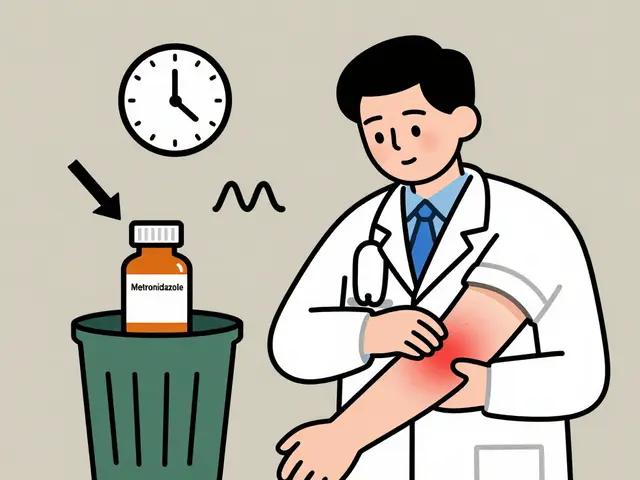

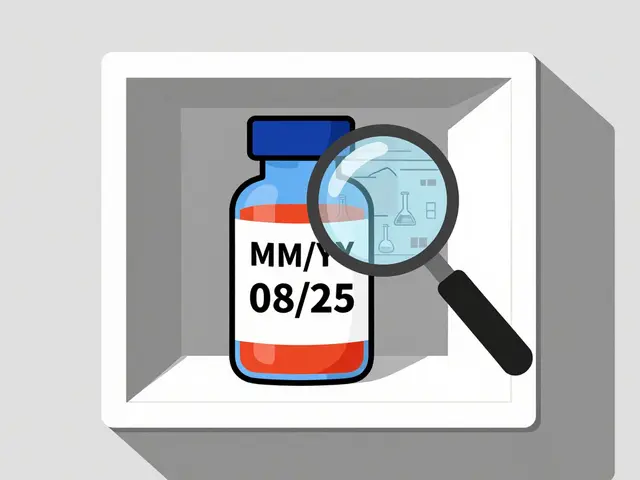
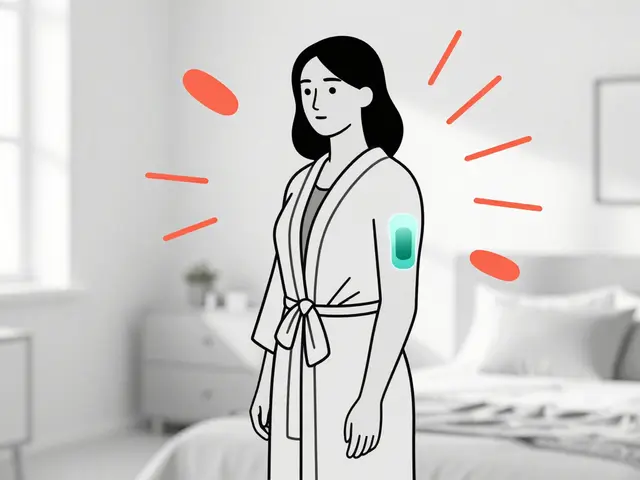
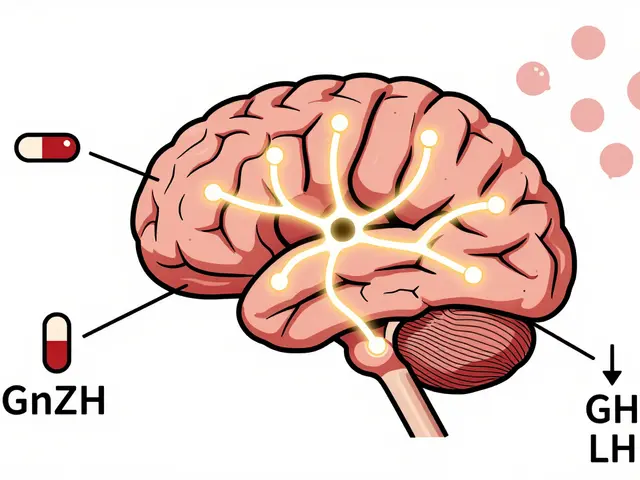
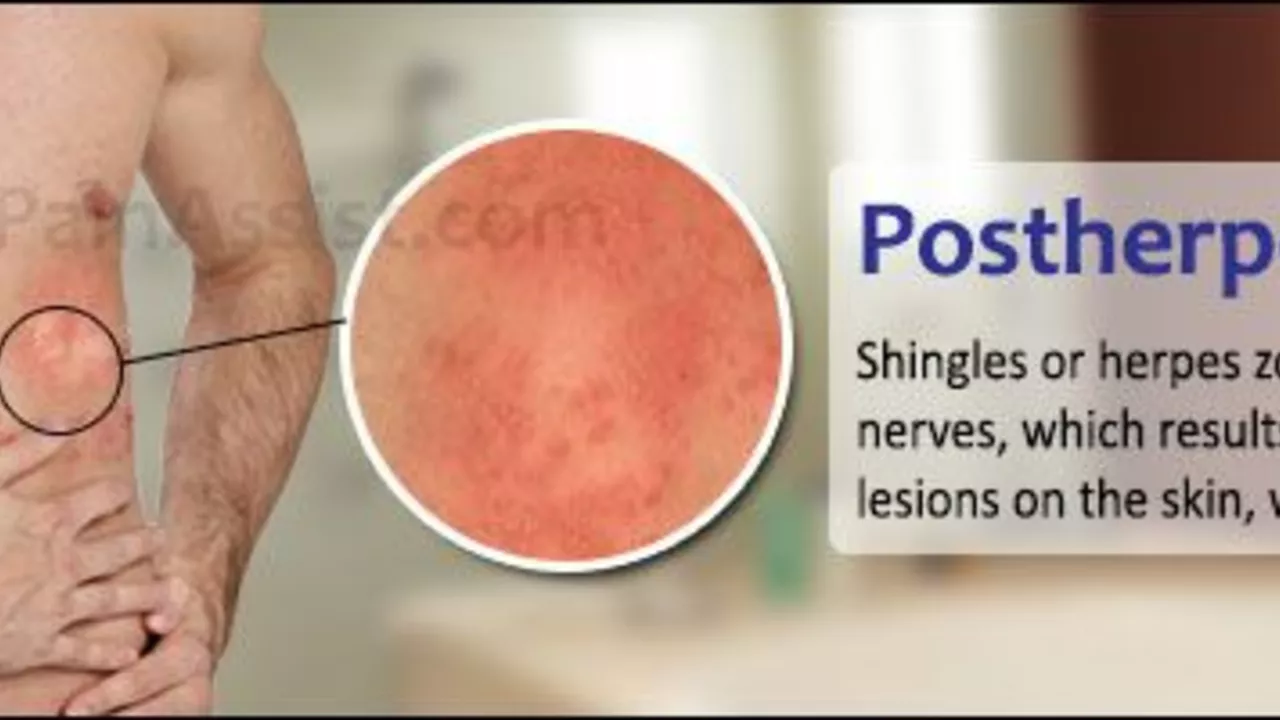
Write a comment